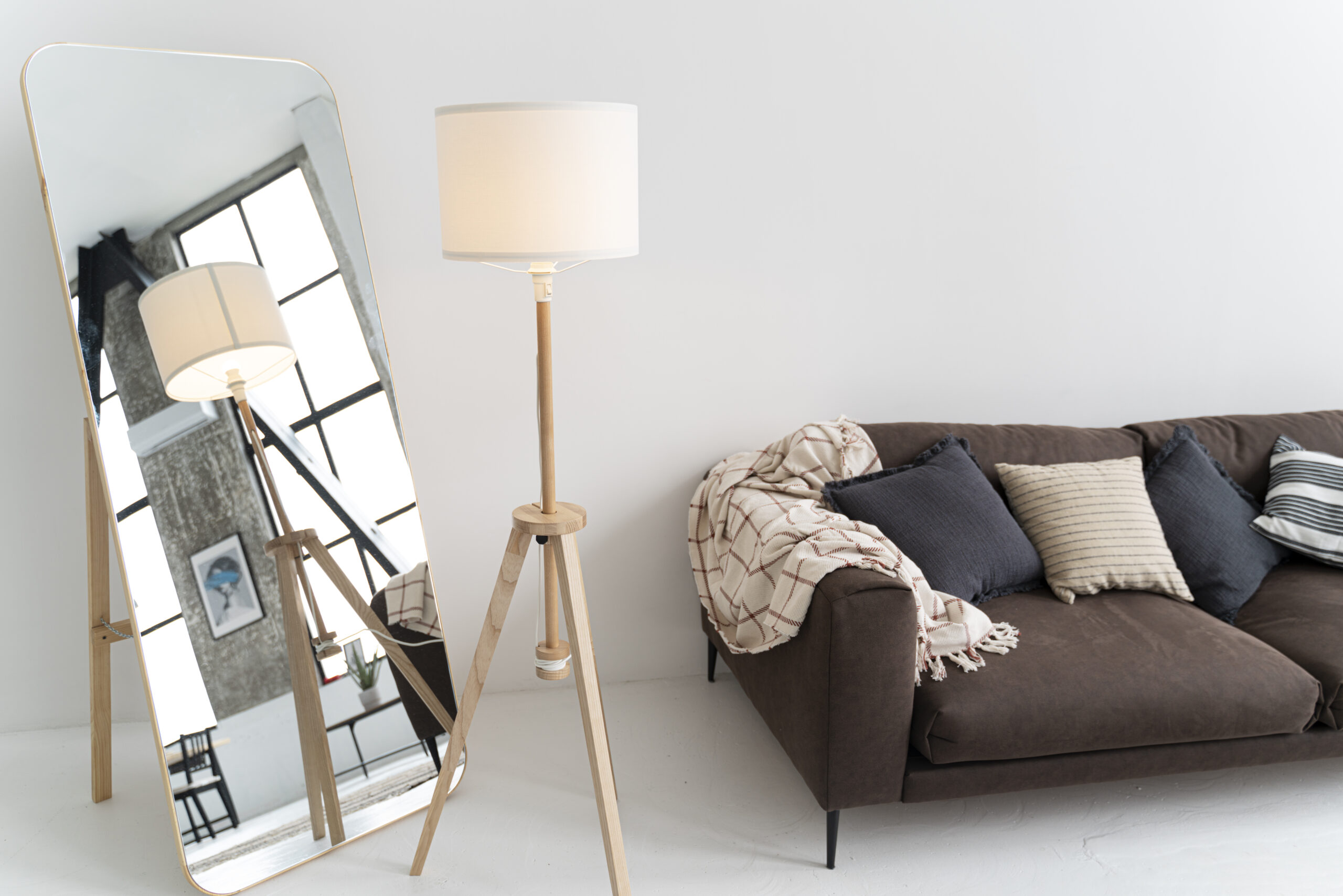Selling a home requires more than just listing it on the market; it involves presenting it in the best possible light to attract potential buyers. Effective staging can make a significant difference, turning a house into an inviting and desirable home. Use these staging tips, dos and don’ts to enhance your home’s appeal, attract potential buyers, and secure a quicker sale. By following these guidelines, you can highlight your home’s best features, create a welcoming atmosphere, and ultimately achieve a successful sale.
The Importance of Home Staging
Staging your home involves preparing and decorating it to highlight its best features. This process can make a significant difference in how buyers perceive your property. According to the National Association of Realtors, staged homes sell faster and often at higher prices than non-staged homes.
Why staging matters:
- Creates a strong first impression
- Helps buyers visualize the space as their own
- Highlights the home’s potential
- Reduces the time the home spends on the market
When you stage your home, you create an environment where buyers can envision themselves living. This emotional connection can be a powerful motivator in the decision-making process. Additionally, well-staged homes photograph better, making your online listings more appealing.
Balancing staging efforts is essential to avoid making the home feel artificial. The goal is to create a welcoming atmosphere without overwhelming potential buyers with overly personalized or cluttered spaces.
Do: Declutter and Depersonalize
A clean and uncluttered home is more inviting to buyers. One of the first steps in staging your home is to declutter and depersonalize each room. This process involves removing excess items and personal belongings that might distract potential buyers.
Steps to declutter and depersonalize:
- Clear countertops and surfaces
- Remove personal photos and memorabilia
- Organize closets and storage spaces
- Limit the number of decorative items
When you declutter, you create a sense of space and openness that appeals to buyers. Depersonalizing your home helps buyers imagine themselves living there without being distracted by your personal items. This doesn’t mean stripping the home of all character but rather creating a neutral canvas.
Additionally, well-organized spaces suggest that the home has been well-maintained. Potential buyers often look into closets and storage areas, so keeping these spaces tidy can make a positive impression.
Don’t: Neglect Repairs and Maintenance
Buyers notice even small issues, so address any necessary repairs before staging your home. Neglecting maintenance tasks can give the impression that the property has not been well cared for, potentially deterring buyers.
Common repairs to address:
- Fix leaky faucets and plumbing issues
- Repair cracks in walls and ceilings
- Replace burned-out light bulbs
- Touch up paint and repair damaged flooring
Taking care of these repairs ensures that your home is presented in its best condition. Even minor issues can become focal points for buyers, leading them to question the overall condition of the property. Addressing these problems beforehand helps present a well-maintained home that instills confidence in potential buyers.
Moreover, regular maintenance can prevent small issues from becoming larger, more costly problems down the road. Investing time and effort in repairs now can save you money and help secure a quicker sale.
Do: Highlight Key Features
Every home has unique features that make it special. When staging your home, it’s essential to highlight these key features to attract buyers’ attention. Whether it’s a beautiful fireplace, stunning view, or spacious kitchen, make sure these elements stand out.
Ways to highlight key features:
- Arrange furniture to draw attention to focal points
- Use lighting to enhance important areas
- Add accents and decor that complement the space
- Keep windows clean to showcase views
Highlighting key features helps buyers see the best aspects of your home. Proper furniture placement can direct attention to important areas, while effective lighting can make spaces feel larger and more inviting. Accents and decor should enhance these features without overwhelming the space.
Additionally, keeping windows clean and unobstructed allows natural light to fill the rooms, making them appear brighter and more spacious. If your home has an impressive view, ensure it is visible and not blocked by heavy curtains or furniture.
Don’t: Over-Personalize the Decor
While it’s essential to create an inviting atmosphere, over-personalizing the decor can turn off potential buyers. They need to envision themselves living in the space, which can be challenging if the home reflects your personal taste too strongly.
Avoiding over-personalization:
- Choose neutral colors for walls and decor
- Avoid bold patterns and unique styles
- Keep furniture and decor simple and classic
- Remove highly personalized items
Neutral colors and simple decor create a blank canvas that allows buyers to imagine how they would personalize the space. Bold patterns and unique styles might appeal to specific tastes but can alienate others. By keeping furniture and decor simple and classic, you create a broader appeal.
Removing highly personalized items, such as family photos or unique collections, helps depersonalize the space. The goal is to create a warm and welcoming environment that buyers can see themselves living in without feeling like they are intruding in someone else’s home.
Do: Use Light to Your Advantage
Lighting plays a crucial role in home staging. Proper lighting can make rooms feel more inviting, spacious, and warm. Using light to your advantage involves both natural and artificial lighting techniques.
Enhancing your home with lighting:
- Open curtains and blinds to let in natural light
- Use a mix of ambient, task, and accent lighting
- Replace outdated or dim light fixtures
- Add lamps to dark corners and areas
Natural light is one of the best tools in home staging. Open curtains and blinds to let in as much light as possible. For rooms that lack natural light, use a combination of ambient, task, and accent lighting to brighten the space. Replacing outdated or dim light fixtures can also modernize the look of your home.
Adding lamps to dark corners or areas can make rooms feel more inviting and functional. Properly lit rooms appear larger and more welcoming, making a positive impression on buyers.
Don’t: Overlook Curb Appeal
First impressions start with the exterior of your home. Overlooking curb appeal can deter potential buyers before they even step inside. Ensuring that the outside of your home is well-maintained and inviting is just as important as staging the interior.
Boosting curb appeal:
- Maintain the lawn and landscaping
- Clean the driveway and walkways
- Freshen up the front door with paint
- Add potted plants and outdoor decor
A well-maintained lawn and landscaping create an inviting first impression. Cleaning the driveway and walkways makes the property look neat and cared for. A fresh coat of paint on the front door can add a pop of color and create a welcoming entry.
Adding potted plants and tasteful outdoor decor enhances the overall look of the home. These small touches can make a big difference in how buyers perceive the property, setting the stage for a positive experience as they enter the home.
Do: Create Inviting Spaces
Staging your home to create inviting spaces helps buyers feel at home. Thoughtful furniture arrangement and decor can make rooms feel cozy and functional, enhancing the overall appeal.
Creating inviting spaces:
- Arrange furniture to promote conversation
- Add soft textiles like throw pillows and blankets
- Use area rugs to define spaces
- Set the dining table with simple place settings
Arranging furniture to promote conversation makes living areas feel more functional and welcoming. Soft textiles like throw pillows and blankets add comfort and warmth. Area rugs can define spaces, especially in open-concept layouts, helping buyers visualize how they can use the space.
Setting the dining table with simple place settings can create a sense of hospitality and warmth. These touches help buyers imagine living in the home and using the spaces as their own.
Don’t: Ignore the Bathrooms and Kitchen
Bathrooms and kitchens are two of the most critical areas for potential buyers. Ignoring these spaces during staging can leave a negative impression. Ensuring these rooms are clean, updated, and inviting is essential.
Staging bathrooms and kitchens:
- Deep clean all surfaces and appliances
- Update hardware and fixtures if needed
- Add fresh towels and accessories
- Clear countertops and organize cabinets
A deep clean of all surfaces and appliances is crucial for these high-use areas. Updating hardware and fixtures can give bathrooms and kitchens a fresh look without major renovations. Adding fresh towels and accessories can enhance the appeal and create a spa-like feel in bathrooms.
Clearing countertops and organizing cabinets make these spaces look more spacious and functional. Buyers often look closely at kitchens and bathrooms, so presenting them in the best possible light can significantly impact their impression of the home.
Do: Consider Professional Staging
Professional staging can be a worthwhile investment, especially in competitive markets. Staging professionals have the expertise and resources to highlight your home’s best features and create an inviting atmosphere.
Benefits of professional staging:
- Access to high-quality furniture and decor
- Expertise in space planning and design
- Objective perspective on home presentation
- Increased appeal to a broad range of buyers
Professional stagers have access to high-quality furniture and decor that can elevate the look of your home. Their expertise in space planning and design ensures that each room is presented in the best possible way. Additionally, their objective perspective can help identify areas for improvement that you might overlook.
Hiring a professional stager can increase the appeal of your home to a broad range of buyers, potentially leading to quicker sales and higher offers.
Staging Tips: Dos and Don’ts
Staging your home effectively involves a balance of creating a welcoming atmosphere without overwhelming potential buyers. Here are some additional dos and don’ts to consider:
Dos:
- Do use neutral colors
- Do add fresh flowers or plants
- Do ensure the home smells pleasant
- Do keep the home clean and tidy
Don’ts:
- Don’t leave personal items out
- Don’t use too many bold colors
- Don’t overcrowd rooms with furniture
- Don’t forget to stage outdoor spaces
By following these staging tips, you can present your home in the best possible light and attract potential buyers. Creating a welcoming, neutral environment helps buyers envision themselves living in the space, increasing the likelihood of a successful sale.


